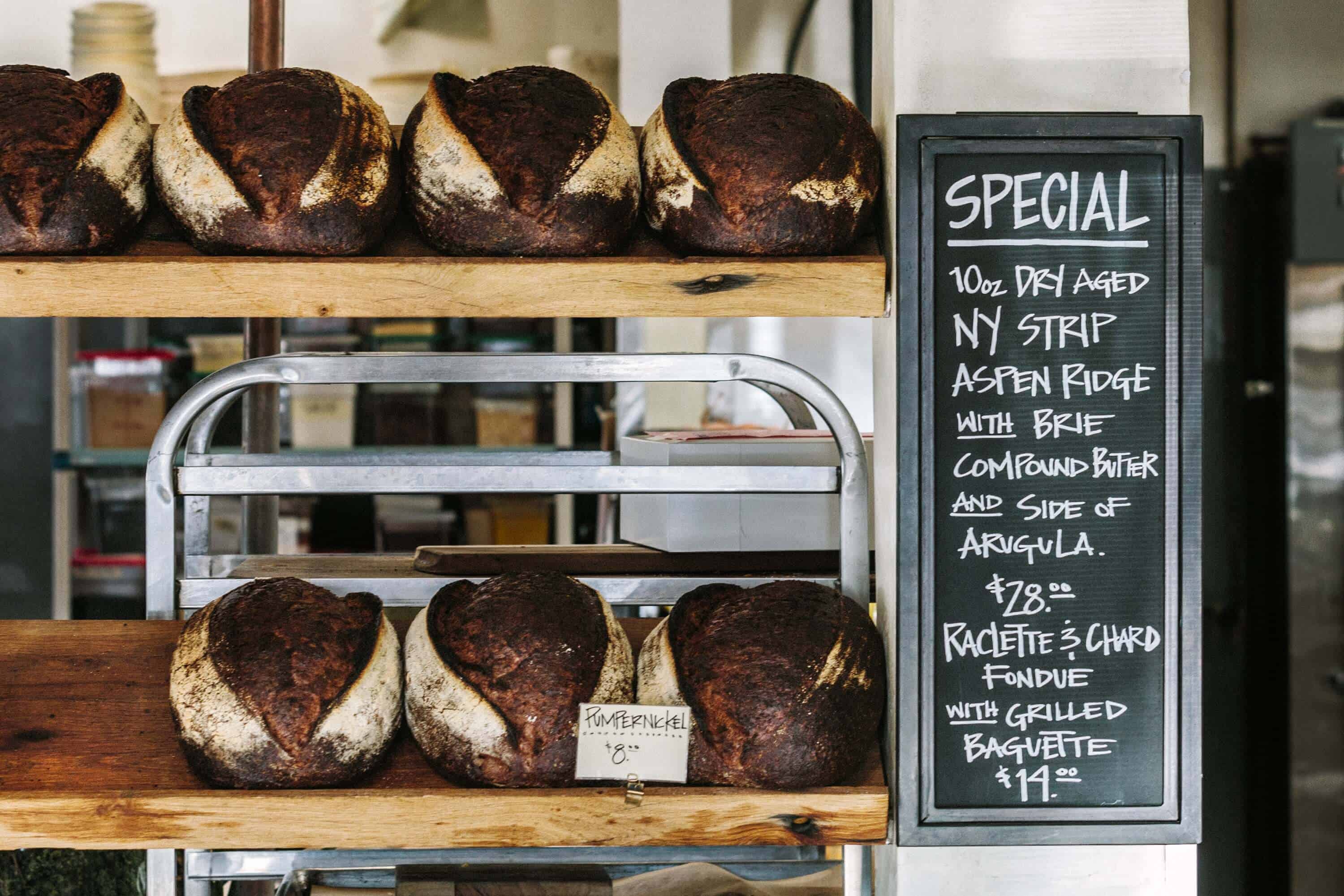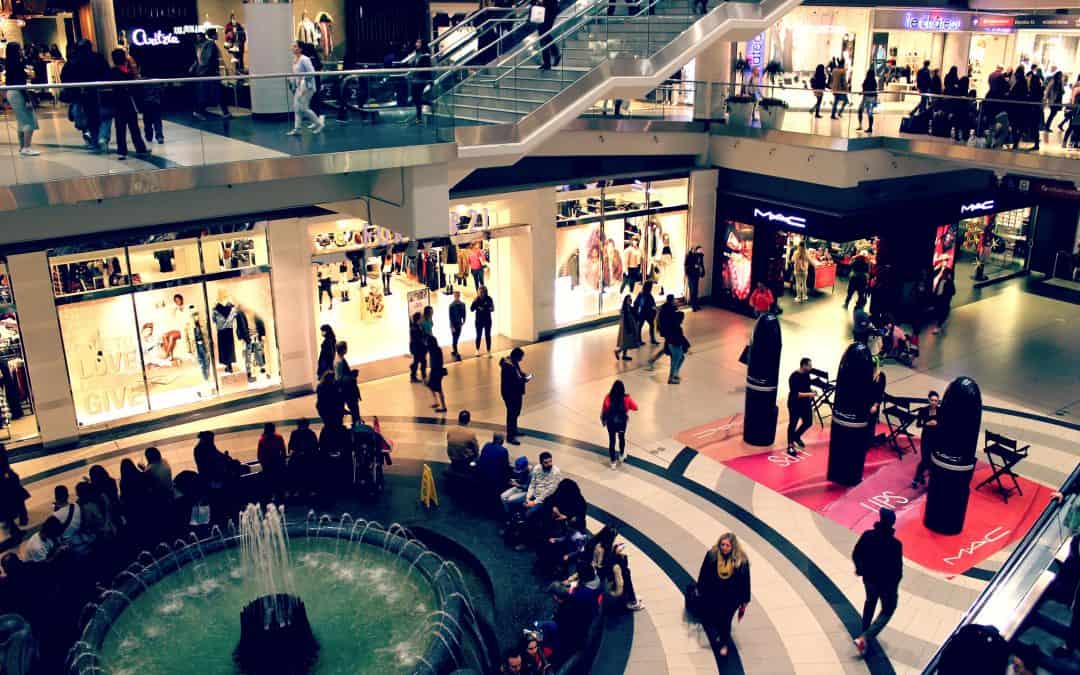Have you ever noticed how much time you could spend on something that’s not so important? Picking out what to wear for the day, or choosing a meal from a menu of countless options – these things can easily take way too much of our time. And besides the confusion that ensues from having too many choices, sometimes we might end up not choosing anything at all. If you’ve experienced this before, you are not alone. In this article, we will talk about the paradox of choice. While often overlooked, it actually plays a significant role in nearly every buying and selling process you or your customers transact, even on a daily basis. Understanding the concepts behind choice can not only help simplify many areas of your life, but also help increase your sales – online or otherwise.
What is the Paradox of Choice?
The paradox of choice is a concept brought about by American psychologist Barry Schwartz. In his book, The Paradox of Choice – Why More is Less, he argues that eliminating choices for consumers can greatly reduce their anxiety – an anxiety which holds consumers back from making a choice. Understanding and applying what this paradox suggests can help change your perspective on marketing, and even the choices you make in your own life.
The concept of “less is more” isn’t something we haven’t heard before, yet with today’s growing consumerist marketplace, its significance shouldn’t be understated. We now live in a world where choice is abundant. Everywhere we look we have endless choices from big things to small things, material things to lifestyle things, everything is a matter of choice. Is this necessarily a bad thing? Of course not. However it comes with setbacks.
Barry Schwartz argues that all this choice has two negative effects on people, the first being paralysis rather than liberation. With so many options to choose from, people often find it very difficult to make a choice at all. What’s more, when someone does finally make a choice, they end up being less satisfied with the result than if they would have had fewer options to choose from. So why is this?
One reason is that with so many options to choose from, if you buy something and it’s not perfect, you can’t help imagine how making a different choice would have been better. With this mentality, what ends up happening is that it induces you to regret the decision you made, and this regret takes away the satisfaction you get out of the decision, even if the decision was good! In other words, the more options there are, the easier it is to regret any option that you choose.
The second problem goes hand in hand with the first and is what economists call “opportunity costs.” When there are lots of alternatives to consider, it becomes easy to imagine the attractive features of alternatives that you reject, making you less satisfied with whatever you end up choosing. This applies even if what we’ve chosen is terrific. We can’t help but think that there are more options out there and become fixated on “what if” and feel almost compelled to look elsewhere.
In his 2005 TED talk, Barry points out that “nowadays, the world we live in – we affluent, industrialised citizens, with perfection the expectation — the best you could ever hope for is that stuff is as good as you expect it to be. You will never be pleasantly surprised because your expectations, my expectations have gone through the roof.” – So where does that lead us? How can we apply this?
Avoid Paralyzing Your Consumers
Paralysis is the result of having too many choices and ending up not knowing what to get. It’s equivalent to not making any choice simply to avoid making a bad or less-than-perfect choice. To make it easier for your consumers to make a choice, you must avoid leading them into this choice paralysis. You can often do this by simply eliminating the number of options that you offer. For example, instead of giving them 50 options, it would often to be better reduce that number to a more viable number of options like 15, 10 or even 5. Like Barry Schwartz tell us: less is more. When consumers have fewer options, they are more likely to make a choice—which is what we want, and what they want as well. Having fewer options, with well-marked distinctions between each option, helps avoid confusion and simply leads to more sales. It’s a simple but effective way to eliminated the anxiety that could otherwise paralyze both the customer and your sales.
Know Their Goal
When you know what your consumer or clients’ goal is, you will know how to start and how to target them. While having fewer options is greatly beneficial, you must still know what they are looking for. Consumers make their decision by starting with the question: “What do I want?” and go from there. If they know what they want from what you’re offering them, then they are most likely end up making a purchase. As mentioned by Daniel Kahneman, a Nobel Prize winning psychologist, people remember the pleasurable quality of their past experiences in two ways. First, how it felt when it was at the best or worst and how it felt for them when it ended. If you want your consumers to buy your offer and make them keep coming back, you should know their goals.
Check Your Offered Options
Your offer shouldn’t confuse or agitate your customer. With so many choices available today, customer’s may not know exactly what they’ve come in for, only a rough idea – you’re there to provide them with the solution. A good marketer knows what their clients wants, even before they know it themselves.

Here’s an example for you: Often when you walk into a restaurant or cafe, they provide a menu with a “specials” section. The menu may be long, confusing or simply a pain to read for a hungry customer and so many people end up choosing from the specials board. The “specials” usually being one of two dishes. Why is this? Unless your customer knows exactly what they want, they’d much rather settle between two or three options than an endless menu of options. What’s more, fewer options can often provide a sense of exclusivity, even if there isn’t really anything very “exclusive” about the offer. Restaurants often employ this psychology to gain higher profit margins, since “specials” can be pitched at a higher price.
The fact is that people mistakenly believe in the misconception that having more options means better decision-making. But the truth is it often leads to just the opposite. Giving your consumers very few options, but very good options, will help them make a better choice. As most studies conclude, customers will most often leave with a purchase if the options presented were few and well defined. The Paradox of Choice is a brilliant analysis of how things work for consumers, from the inside-out. In today’s marketplace where offers are constantly thrown in front of us, choice is abundant and everyone is shouting to be heard, adopting a mentality of more is less seems like a pretty good place to start.





